Modern Baseboard Heater Cover

Next up I attached the 1×4 boards to create the top panel or cover. These were nailed directly into the L braces they sit on top of.
Starting at the top to create a flush edge, attach a 1 x 2 board using a nail gun. Clamps help with this step so you can get the edge flush and still have free hands. To attach the second slat, turn one 1×2 sideways and put between the top slat and the second slat. This will create a 3/4″ gap. Clamp this in place and nail to attach. Repeat this process until all 4 boards are attached.
Fill nail holes and any seams (you may not have seams if your heater is less than 8′ in length) with wood filler. Let this dry and sand until smooth. I also added some caulk between the baseboard heater cover top and the wall before painting. Then finish with painting any color you like! If you want a more traditional look, stick with white to match your trim. I chose black here to help it blend with the wall a bit more.
And week 4 of the One Room Challenge is a wrap! Check out my post from a couple weeks back to see how I smoothed the wood paneling in this room (yes, those walls are wood paneling)! Still 4 more weeks to go (and I’m happy about that because lots of work left to do!) so make sure to check out the ORC blog to see the other amazing projects!
Enjoyed the project?
Resources for this project:
See all materials
Comments
Join the conversation
-
 Emily Harris
on Jan 18, 2025
Emily Harris
on Jan 18, 2025
Great idea!
-
-
 Omaifi
on Jan 18, 2025
Omaifi
on Jan 18, 2025
I love the tip about painting the brackets and slats beforehand, I’ve made the same mistake of skipping that step and regretted it later. Your cost breakdown is super helpful, too, especially for budget-friendly DIY projects. When I was updating my home, I focused on improving heating systems, and reading about furnace repair in Sacramento https://alphamechanicals.com/heating-repair/ helped me better understand how to maintain efficiency.
-



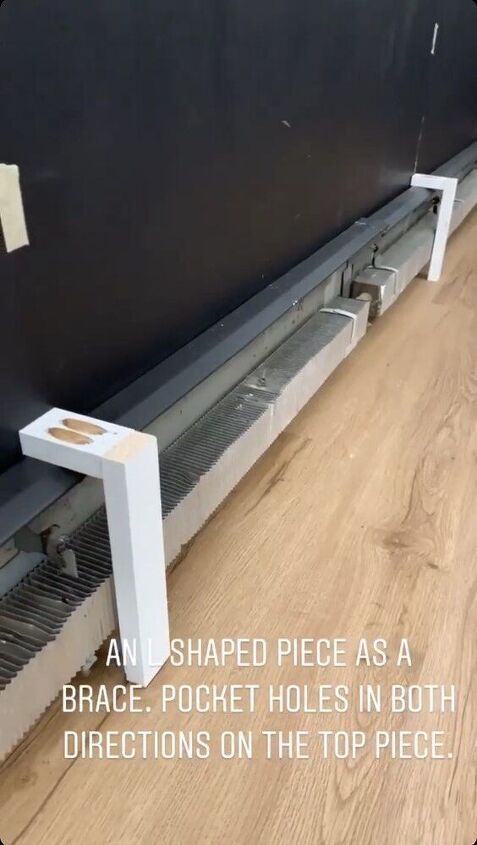









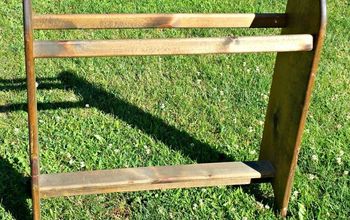
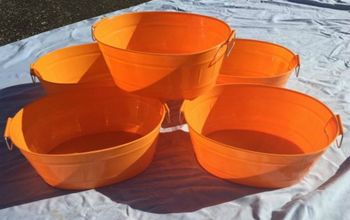



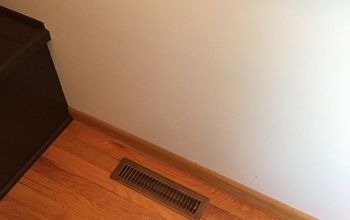
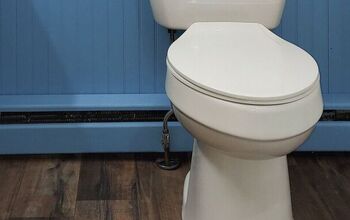
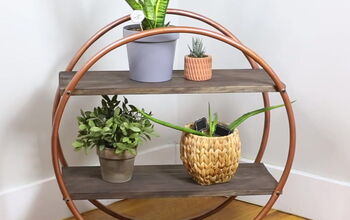
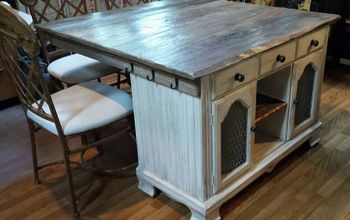
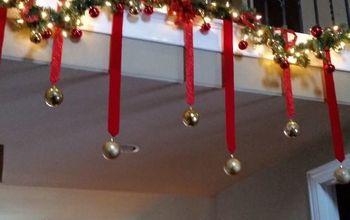
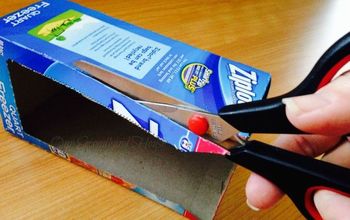

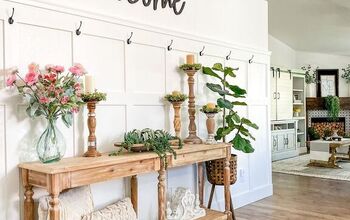

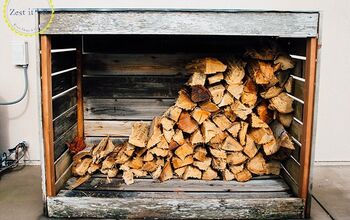
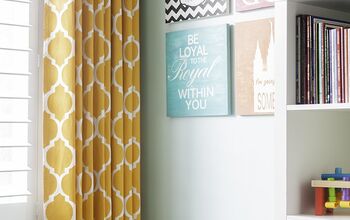

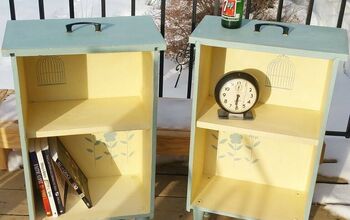
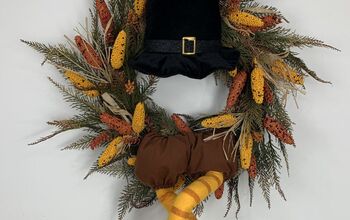
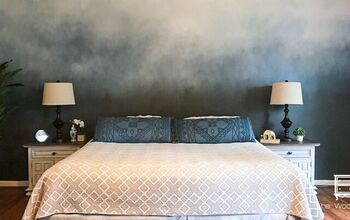
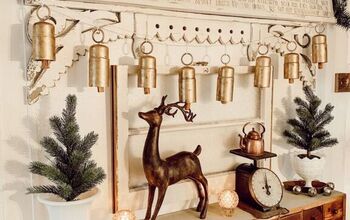
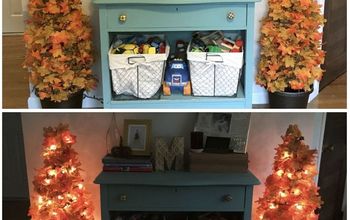
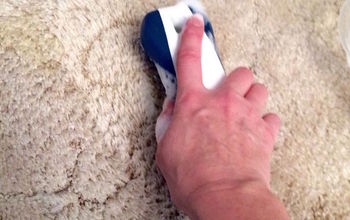
Frequently asked questions
Have a question about this project?
Hi Giselle, LOVE this and am wondering if your original baseboard heating covers were the old steel covers with the slots on top and how difficult was it for you to remove them? Thank you for taking the time to answer. I bet this would look lovely in lattice and the decorative radiator cover sheets. Thank you for sharing :)
Does The Wood Suck up All the Heat it looks thick ?? Thank You
I feel like the old metal holds onto heat and helps it to radiate. Does using wood change the efficiency of the heating?